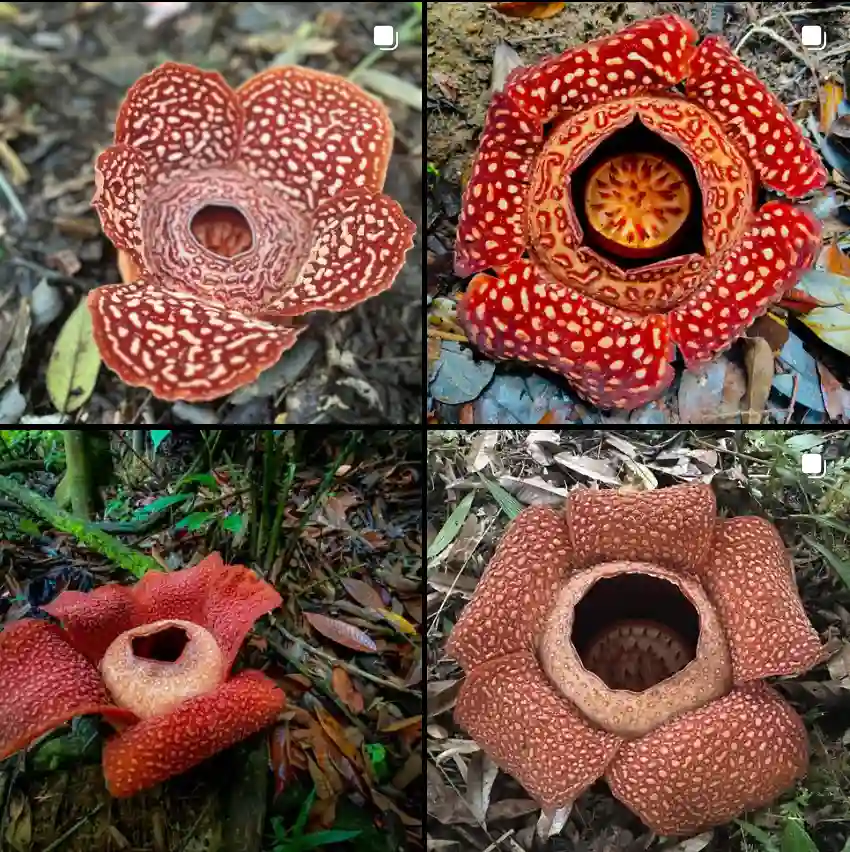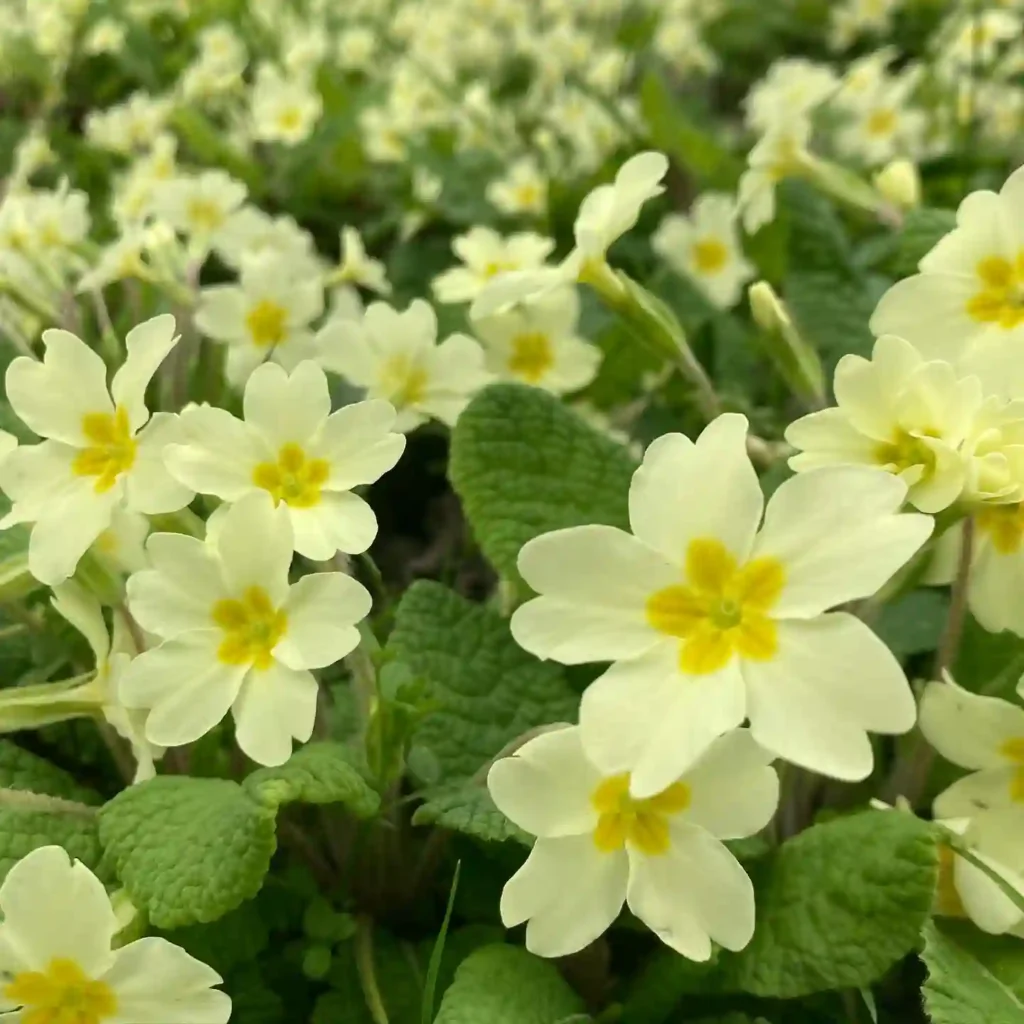
What Is Alocasia Sinuata?
Alocasia Sinuata, commonly known as the “Sinuate Elephant Ear,” is a unique member of the Alocasia family. Originating from Southeast Asia, this plant is celebrated for its distinctive foliage, which features wavy, undulating edges that resemble a sinuate pattern. The leaves are typically dark green and have a glossy finish, adding a touch of elegance to any space. This species stands out for its relatively compact growth compared to other Alocasias, making it a popular choice among plant enthusiasts.
90 Species in Genus Alocasia – Elephant Ears
How to Care for Alocasia Sinuata?
Caring for Alocasia Sinuata involves several key considerations:
- Light: Alocasia Sinuata thrives in bright, indirect light. Direct sunlight can scorch its leaves, while too little light may hinder its growth.
- Watering: Keep the soil consistently moist but not waterlogged. Allow the top inch of soil to dry out between waterings. In winter, reduce watering frequency.
- Humidity: This plant prefers high humidity. Misting the leaves or using a humidity tray can help maintain the necessary moisture levels.
- Temperature: Alocasia Sinuata enjoys warm temperatures, ideally between 65-80°F (18-27°C). Avoid exposing it to cold drafts or sudden temperature changes.
- Soil: A well-draining potting mix, such as one designed for orchids or a mix of peat, perlite, and pine bark, is ideal.
How to Propagate Alocasia Sinuata?
Propagation of Alocasia Sinuata can be achieved through division:
- Timing: The best time to propagate is during the spring or early summer when the plant is actively growing.
- Method: Carefully remove the plant from its pot and gently separate the rhizomes, ensuring each section has roots and a few stems.
- Potting: Re-pot each division into a new container with fresh, well-draining soil. Water thoroughly and place in a warm, bright location.
Can You Grow Alocasia Sinuata Indoors?
Yes, Alocasia Sinuata is well-suited for indoor environments. Its striking appearance makes it an attractive houseplant. Ensure it receives adequate light and humidity to mimic its natural habitat. Regular care and attention will help it thrive indoors.
Is Alocasia Sinuata Toxic?
Alocasia Sinuata is toxic to pets and humans if ingested. The plant contains calcium oxalate crystals, which can cause irritation to the mouth, throat, and stomach. Keep it out of reach of children and pets to prevent accidental ingestion.
What to Plant with Alocasia Sinuata?
Pairing Alocasia Sinuata with other plants that share similar care requirements can create a harmonious indoor garden. Consider combining it with:
- Philodendron: Varieties like Philodendron Monstera or Philodendron Brasil work well due to their similar light and humidity needs.
- Ferns: Boston Fern or Bird’s Nest Fern can complement Alocasia Sinuata’s tropical look and thrive in similar conditions.
Common Problems with Alocasia Sinuata
- Leaf Drop: This can occur due to sudden changes in light or temperature. Ensure consistent care and avoid placing the plant near drafty windows or heaters.
- Pests: Watch out for common pests such as spider mites, aphids, and mealybugs. Regularly inspect the leaves and treat infestations promptly with insecticidal soap or neem oil.
Alocasia Sinuata vs. Baginda
When comparing Alocasia Sinuata to Alocasia Baginda, several differences become evident:
- Leaf Shape: Alocasia Sinuata has more pronounced, wavy edges, while Alocasia Baginda typically features more rounded, smooth leaves.
- Size: Alocasia Baginda tends to be slightly larger and has more dramatic foliage patterns compared to the compact Alocasia Sinuata.
Alocasia Sinuata vs. Dragon Scale
Alocasia Sinuata and Alocasia Dragon Scale are often confused due to their similar appearance but have distinct features:
- Leaf Texture: Alocasia Dragon Scale is known for its textured, metallic-looking leaves, resembling dragon scales. In contrast, Alocasia Sinuata has smoother, glossy leaves with wavy edges.
- Growth Habit: Alocasia Dragon Scale generally grows larger and more upright compared to the more compact and spreading nature of Alocasia Sinuata.
Benefits of Alocasia Sinuata
- Aesthetic Appeal: Its unique leaf shape and glossy finish make it a striking addition to any plant collection.
- Air Purification: Like many houseplants, Alocasia Sinuata can help improve indoor air quality by filtering out toxins.
Conclusion
Alocasia Sinuata is a captivating plant that brings a touch of the exotic into your home. Its distinctive foliage and manageable size make it an appealing choice for indoor gardening. By understanding its care needs and differentiating it from similar species, you can ensure your Alocasia Sinuata thrives and continues to be a centerpiece of your plant collection.
If i die, water my plants!



